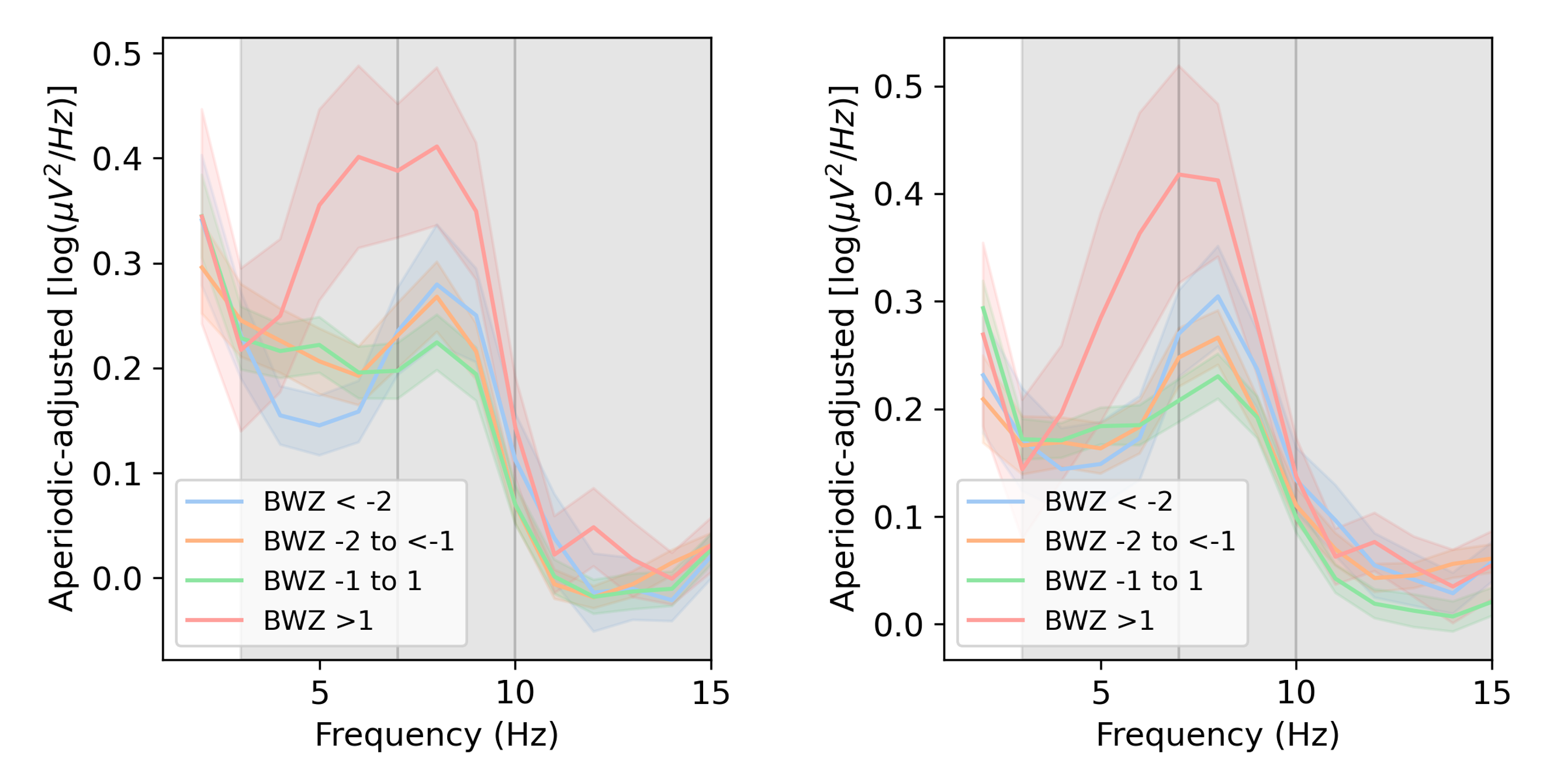Global Neonatal & Children's Health 3
Session: Global Neonatal & Children's Health 3
757 - Birth size as a predictor of resting-state EEG power among 24-month-old children in rural Ethiopia
Sunday, April 27, 2025
8:30am - 10:45am HST
Publication Number: 757.3610
Theresa I. Chin, The Warren Alpert Medical School of Brown University, Boston, MA, United States; Kalkidan Yibeltal, Addis Continental Institute of Public Health, Addis Ababa, Adis Abeba, Ethiopia; Winko W.. An, Boston Children's Hospital, Boston, MA, United States; Firehiwot Workneh, ACIPH, Addis Ababa, Adis Abeba, Ethiopia; Sonya Troller-Renfree, Stroller Lab, New York, NY, United States; Stephen M. Pihl, Boston Children's Hospital, Brookline, MA, United States; Nebiyou Fasil, Addis Continental Institute of Public Health, Addis Ababa, Adis Abeba, Ethiopia; Sarah K. G.. Jensen, Boston Children's Hospital, Brookline, MA, United States; Krysten North, Brigham and Women's Hospital, Brookline, MA, United States; charles nelson, Boston Children's Hospital, Brookline, MA, United States; Alemayehu Worku, Addis Continental Institute of Public Healthg, Addis Ababa, Adis Abeba, Ethiopia; yemane Berhane, Addis Continental Institute of Public Health, Addis Ababa, Adis Abeba, Ethiopia; Anne CC. Lee, The Warren Alpert Medical School of Brown University, Wayland, MA, United States
- TC
Theresa I. Chin, PhD (she/her/hers)
Postdoctoral Research Associate
The Warren Alpert Medical School of Brown University
Boston, Massachusetts, United States
Presenting Author(s)
Background: Preterm and growth-restricted infants are vulnerable to long-term neurodevelopmental impairments, particularly in low-and-middle-income countries, where risks are magnified by adverse early life experiences and limited specialized follow-up care. Neurotechnologies, including electroencephalography (EEG), allow objective measurements of potential neurological markers of later cognitive outcomes, guiding early intervention.
Objective: To examine the associations between preterm birth status, size for gestational age at birth, and resting-state absolute EEG power (alpha- and beta-band) at 2 years of age in rural Amhara, Ethiopia.
Design/Methods: In an established pregnancy-infant cohort (NCT06296238), we conducted a child follow-up visit at 24(±3) months of age and recorded continuous resting EEG using a 32-channel portable device (Enobio, Neuroelectrics). We defined preterm as < 37 weeks gestation and categorized birth weight for age z-score (BWZ) using the INTERGROWTH-21st standard as follows: <-2, ≥-2 to <-1, ≥-1 to ≤1, and >1. Absolute power of alpha and beta frequency bands were defined by age-appropriate boundaries (Alpha: 6-11Hz; Beta: 20-30Hz) for frontal and posterior regions. Quantile regression models estimated differences between groups at the median, adjusting for sex and corrected postnatal age. Subanalysis using a spectral parameterization algorithm was conducted to parameterize periodic and aperiodic EEG components.
Results: Of 187 EEGs collected, 169 (90%) met pre-defined quality thresholds. Among these, 14 children were born preterm. The distribution of BWZ was 20 BWZ <-2, 48 BWZ ≥-2 to <-1, 87 BWZ ≥-1 to ≤1, and 11 BWZ >1. Adjusted analyses showed no significant differences in conventional measures of absolute alpha and beta power between children born preterm and full-term. Relative to children with BWZ ≥-1 to ≤1, those with BWZ >1 showed significantly higher median frontal (coeff=2.97, 95%CI=-0.06-6.00) and posterior (coeff=6.23, 95%CI=2.42-10.05) alpha power. We found no significant group differences in frontal and posterior beta power. Additional analyses using the spectral parameterization algorithm showed evidence of a higher 1/f-adjusted oscillatory alpha peak among children with BWZ >1 relative to lower BWZ groups (Fig 1). No distinct oscillatory peaks for the beta band were observed.
Conclusion(s): To our knowledge, this study is among the first to implement EEG in Ethiopia. Despite limited sample sizes, findings suggest that a larger birth size is associated with higher frontal and posterior alpha power, metrics that are predictive of long-term cognitive and socioemotional outcomes.
Table 1. Sample characteristics by preterm birth status and birth weight for age z-score (BWZ) groups
.png)
Table 2. Unadjusted and adjusted median regression models predicting alpha and beta band absolute power by preterm birth status and birth weight for age z-score (BWZ) groups
.png)
Figure 1. Periodic frontal (left) and posterior (right) oscillation between birth weight for age z-score (BWZ) groups

Table 1. Sample characteristics by preterm birth status and birth weight for age z-score (BWZ) groups
.png)
Table 2. Unadjusted and adjusted median regression models predicting alpha and beta band absolute power by preterm birth status and birth weight for age z-score (BWZ) groups
.png)
Figure 1. Periodic frontal (left) and posterior (right) oscillation between birth weight for age z-score (BWZ) groups


